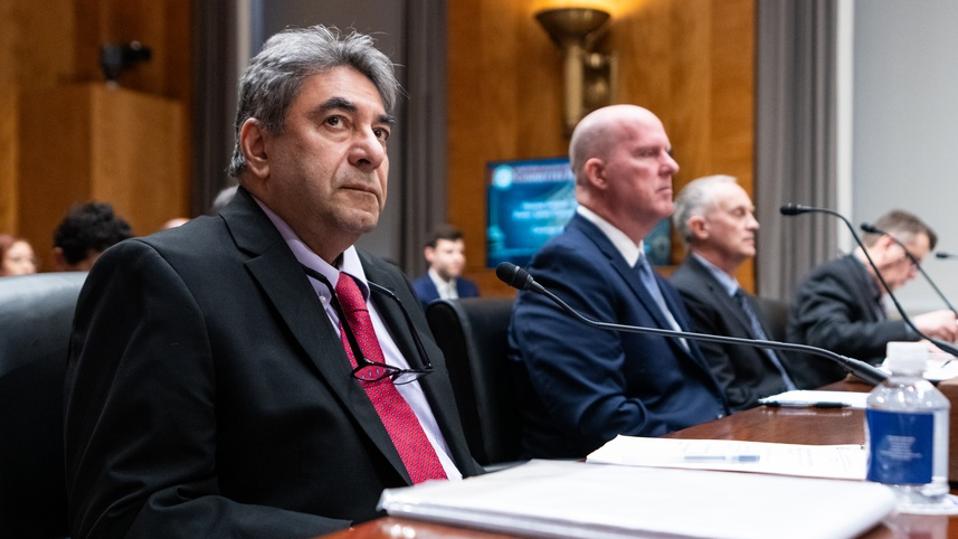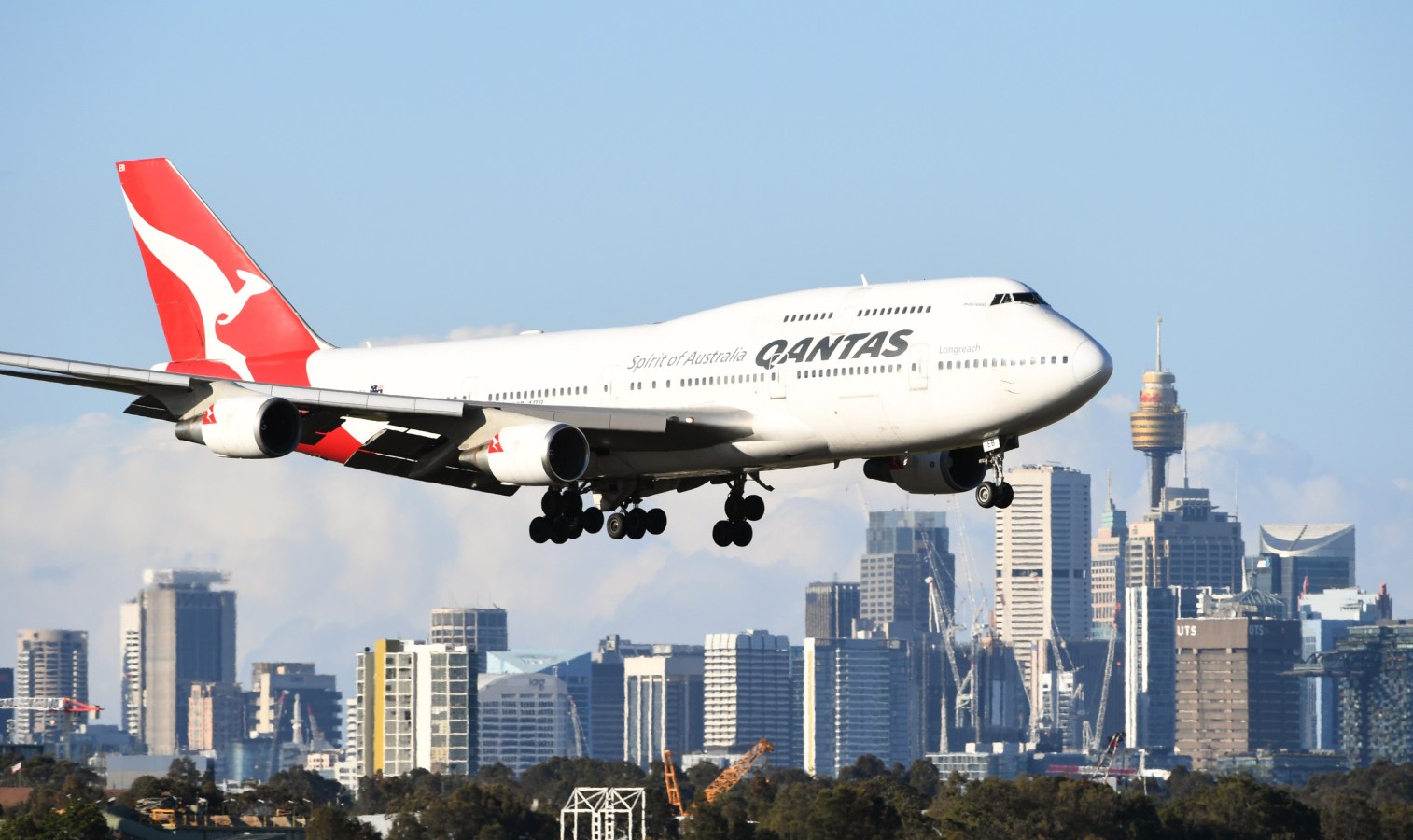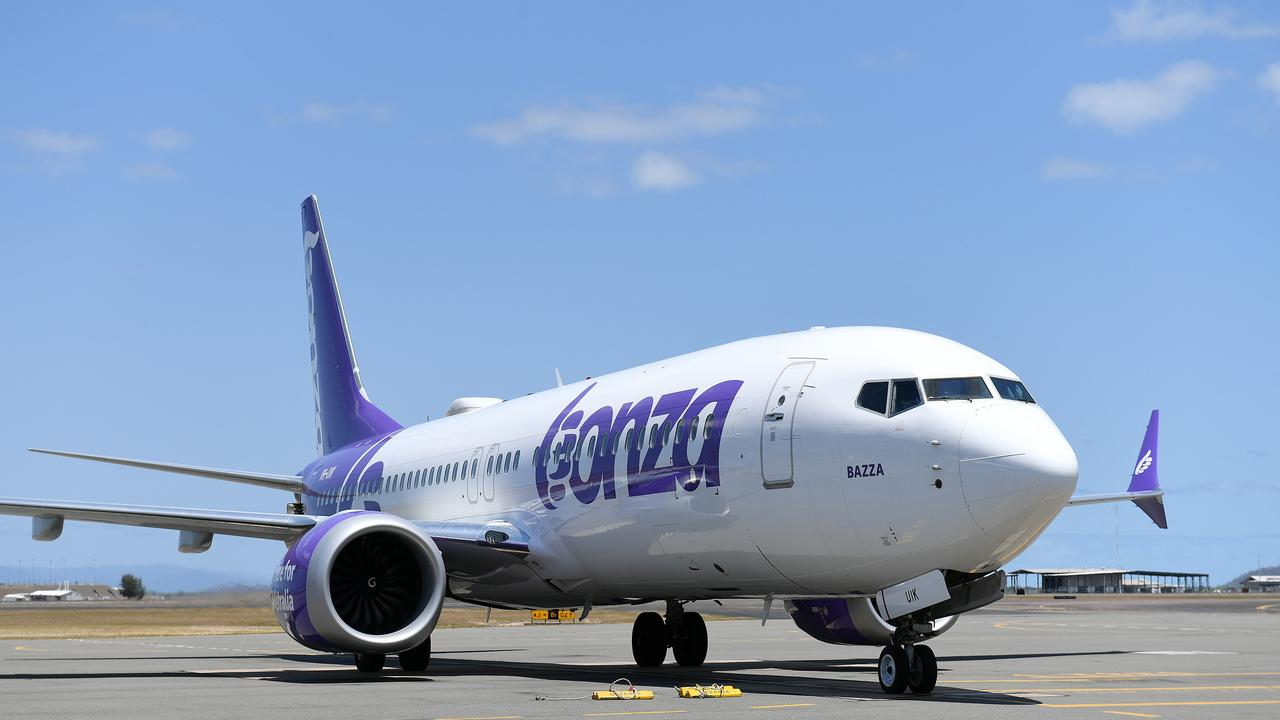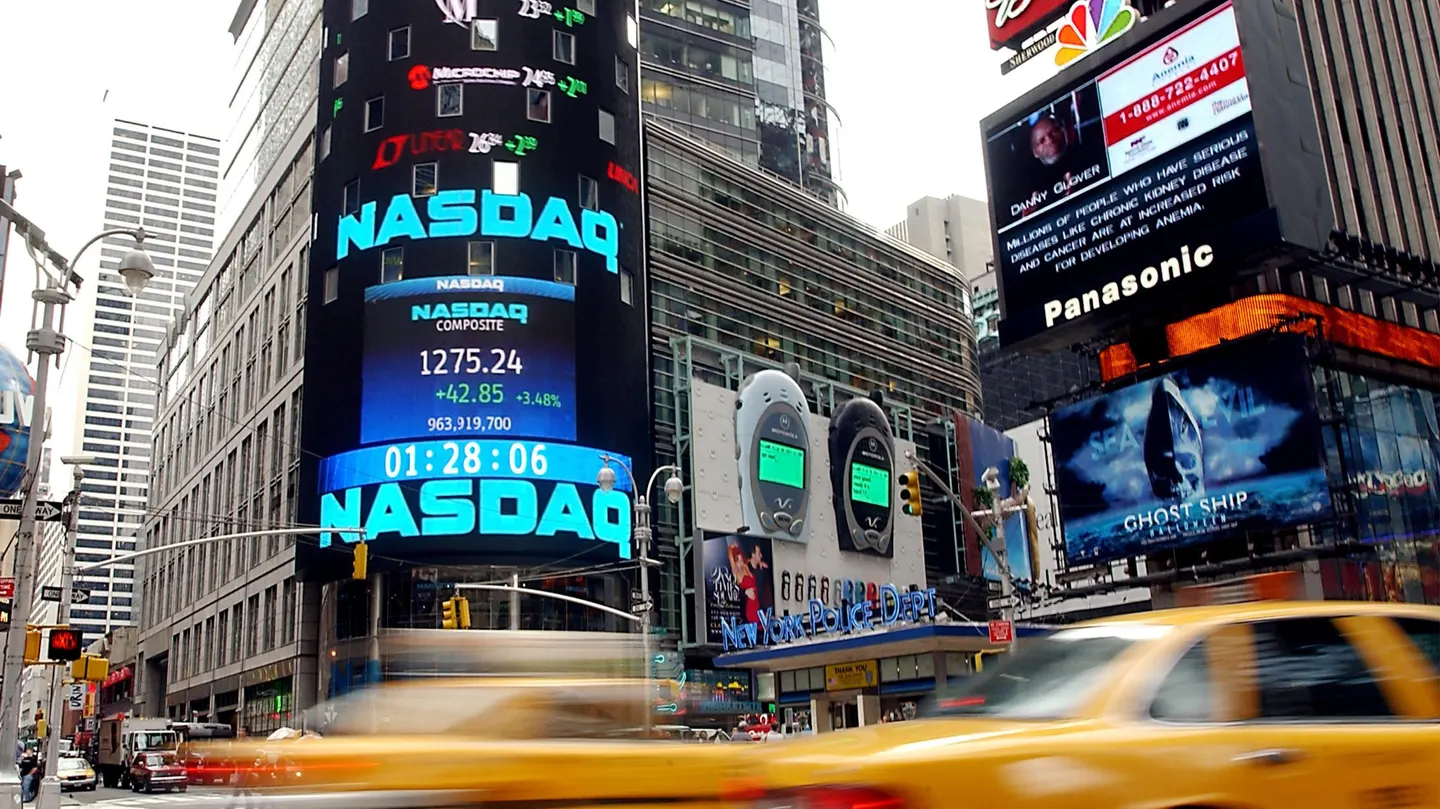Boeing whistleblower Sam Salehpour testified before a Senate subcommittee on Wednesday, where he told senators he received “physical threats” after raising concerns about the manufacturing process for the 787 Dreamliner and the 777.

Salehpour raised safety concerns about the 787 Dreamliner and the 777 at a Senate hearing Wednesday.
CQ-Roll Call, Inc via Getty Images
Key Takeaways
- After raising his concerns to his superiors, Salehpour said he was sidelined, told to shut up and received physical threats—telling the senators his boss said during a meeting “I would have killed someone who said what you said.”
- Salehpour detailed one instance in which took his car in for maintenance after he noticed a one-month-old tire was losing too much air—and the mechanics found that a large nail had been deliberately placed into the rubber.
- Sen. Richard Blumenthal, D-Conn., presented a photo of the tire to the subcommittee, but Salehpour said he did not have proof the nail was inserted by a coworker.
- Salehpour also told Sen. Roger Marshall, R-Kan., that his boss called him on his personal phone, not his assigned work phone, and “berated me and chewed me out” after pulling him out of a meeting in which he tried to raise his concerns about the 777.
- Salehpour agreed that there was a “culture of retaliation” at Boeing, and said “when you address the quality issues, and that’s all I have done, I have not made it personal, then you get threatened.”
- Despite the alleged threats, Salehpour said he would return to work at Boeing after his testimony—and his job is currently protected by federal whistleblower laws.
Key Background
Before coming forward as a whistleblower, Salehpour worked for four decades as an engineer at Boeing. When he became a quality engineer on the 787 Dreamliner, he noticed issues with the aircraft’s shimming—the process of filling in gaps between segments of an aircraft’s fuselage.
These gaps are very small, typically the width of a human hair. “When you are operating at 35,000 feet, details the size of a human hair can be a matter of life and death,” Salehpour said, noting these gaps can cause fatigue cracks over repeated flights. Instead of properly shimming these gaps, Salehpour said that manufacturers were simply pushing misaligned pieces together with excessive pressure.
Related
In the inspection data from 29 aircraft, Salehpour said he found gaps exceeding the specification 98.7% of the time. On the production line for the 777, Salehpour said he witnessed more unsafe manufacturing practices. “Boeing manufacturers used unmeasured and unlimited amount of force to correct the misalignment,” he told the subcommittee.
“This also weakens the airplane in the long run. I literally saw people jumping on pieces of the airplane to get them to align. I called it the Tarzan effect.”
Crucial Quote
“I want to make clear that I have raised these issues over three years. I was ignored, I was told to create delays, I was told, frankly, to shut up.
At one point, management got sick of me raising these issues and moved me out of the 787 program into the 777 program,” Salehpour testified.
Contra
Boeing previously called Salehpour’s claims “inaccurate” and told Forbes in a statement they “do not represent the comprehensive work Boeing has done to ensure the quality and long-term safety of the aircraft.”
Boeing engineers told reporters at the company’s South Carolina plant Monday that they have stress tested the 787 for 165,000 cycles—more than the service lifetime of the aircraft. However, Salehpour called this claim “misinformation,” noting this testing was done on the first Dreamliners produced—not the aircraft he worked on more recently.
They also noted that they tested 689 of the 1,100 787 Dreamliners in service and found no evidence of fatigue cracks. Boeing chief engineer Steve Chisholm also disputed Salehpour’s claims about the widespread shimming problems, telling reporters “we looked at tens of thousands of holes and close to 99% of the through hole inspections indicated that it was fully conforming.”
Boeing also said they “encourage all employees to speak up when issues arise,” and added that “retaliation is strictly prohibited at Boeing.” They repeated this claim after Salehpour’s testimony on Wednesday.
This article was first published on forbes.com and all figures are in USD.



